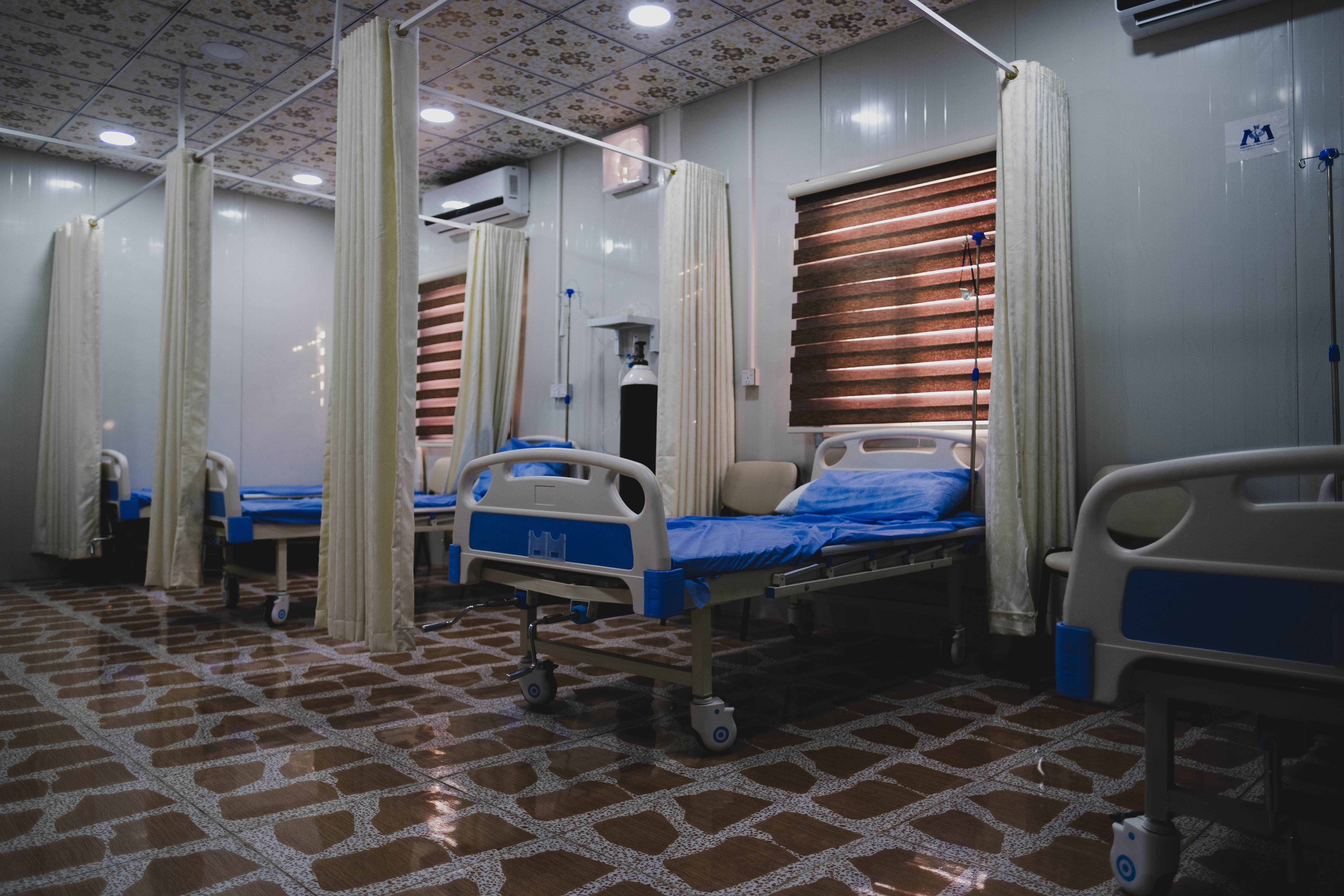Media release
From:
STAFFING FOR “SURGE” ICU BEDS AT CRITICAL POINT
FOR IMMEDIATE RELEASE
FEWER than half the potentially additional intensive care unit (ICU) beds available in Australia could be opened with currently available staff levels while maintaining pre-pandemic models of care, according to research published today by the Medical Journal of Australia.
“A total of 2183 staffed ICU beds are available in Australia, 8.2% fewer than in 2020,” reported the researchers, led by Associate Professor Edward Litton, from Fiona Stanley Hospital in Perth and the University of Western Australian.
“The shortage of ventilators in 2020 has been more than overcome.
“ICU capacity can be expanded if required, but the availability of staff, particularly critical care nurses, imposes limits. The availability of resources varies markedly both within and between states and territories.”
Litton and colleagues surveyed ICU directors or senior clinicians from all 194 ICUs in Australia. They found that the total number of currently open staffed ICU beds was 2183, 195 fewer (8.2%) than in 2020; the decline was greater for rural/regional (18%) and private ICUs (18%). The reported maximal ICU bed capacity (5623) included 813 additional physical ICU bed spaces and 2627 “surge areas” outside ICUs. The number of available ventilators (7196) exceeded the maximum number of ICU beds. However, the reported available number of additional nursing staff would facilitate the immediate opening of 383 additional physical ICU beds (47%), but not the additional bed spaces outside ICUs.
“Estimated additional staffing needs were based on the ability to expand ICU capacity for one month only, but this increased capacity could be required for much longer,” Litton and colleagues wrote.
“The sustainability of pre-pandemic staffing levels and traditional staffing models under these conditions is uncertain. As early as April 2020, the COVID-19 pandemic was associated with substantial psychological distress, including anxiety and burnout, among Australian health care workers.
“Ensuring healthy and sustainable staffing models should be a health policy priority that urgently requires
further consideration, both for the short and longer terms.
“Planning to act on operational problems in matching ICU resources and capacity to demand is essential,” they concluded.
The article is free to access and is available now at:
https://www.mja.com.au/journal/2021/increasing-icu-capacity-accommodate-higher-demand-during-covid-19-pandemic
All MJA media releases are open access and can be found at: https://www.mja.com.au/journal/media



 Australia; NSW; VIC; QLD; SA; WA; NT
Australia; NSW; VIC; QLD; SA; WA; NT



